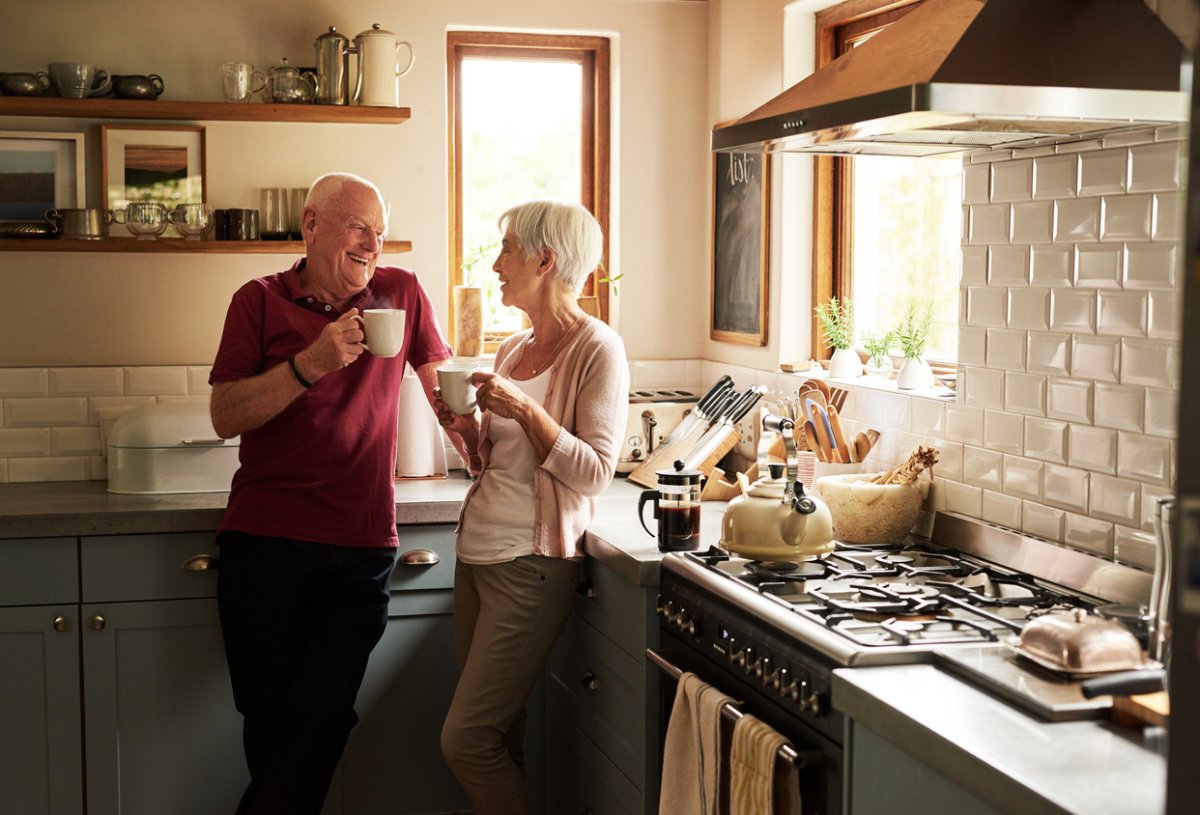

We may earn revenue from the products available on this page and participate in affiliate programs. Learn More ›
Every day 10,000 baby boomers turn 65—part of a huge shift in America, as 79 million boomers start marching into their later years. According to an AARP survey, 77 percent of adults 50 and older want to stay in their homes as they age.
If you’re among this population or have aging loved ones, there are lots of changes, major and minor, that can help you create a safe, comfortable home that’s fully enjoyable in the years ahead.
1. Limit the Steps
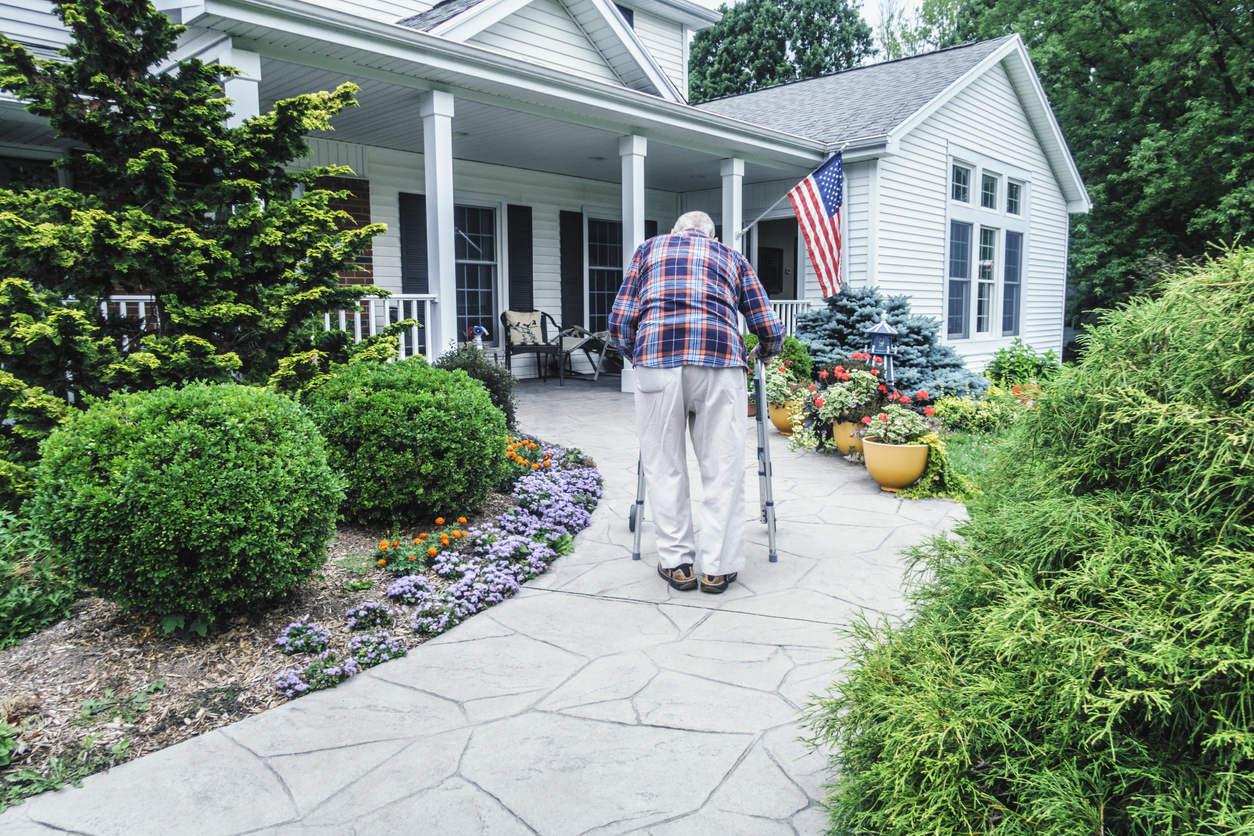
Easy access to and from the house is an important feature in any home. But for older homeowners, particularly those suffering from mobility issues, it’s paramount. For this reason, you might consider creating an entry without stairs. If you’re installing a ramp, or even adding walkways or decks, use nonslip materials to make it even safer.
RELATED: Leaving These 13 Things by the Front Door Could Keep You Safe
2. Go Low Maintenance
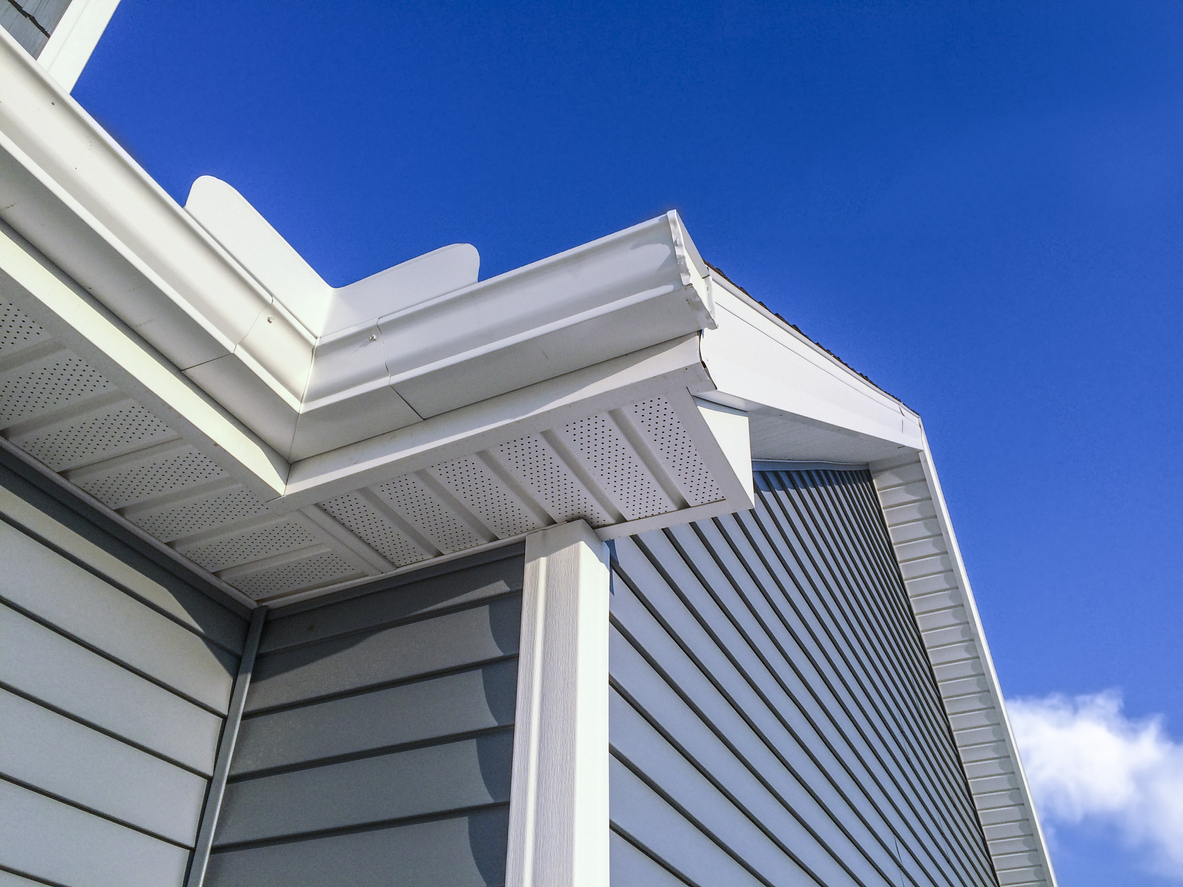
When it comes time to replace exterior materials, choose products that require little or no maintenance, such as vinyl siding, metal roofing, and composite decking. These materials look sharp, and offer lasting performance. Minimize your landscaping maintenance, too, by choosing native plants and installing hose timers on your sprinkler system. If your budget allows for it, consider hiring professionals to take care of the yard.
RELATED: The Invincible Yard: 25 Ideas for Lazy Landscaping
3. Make the Kitchen More Convenient
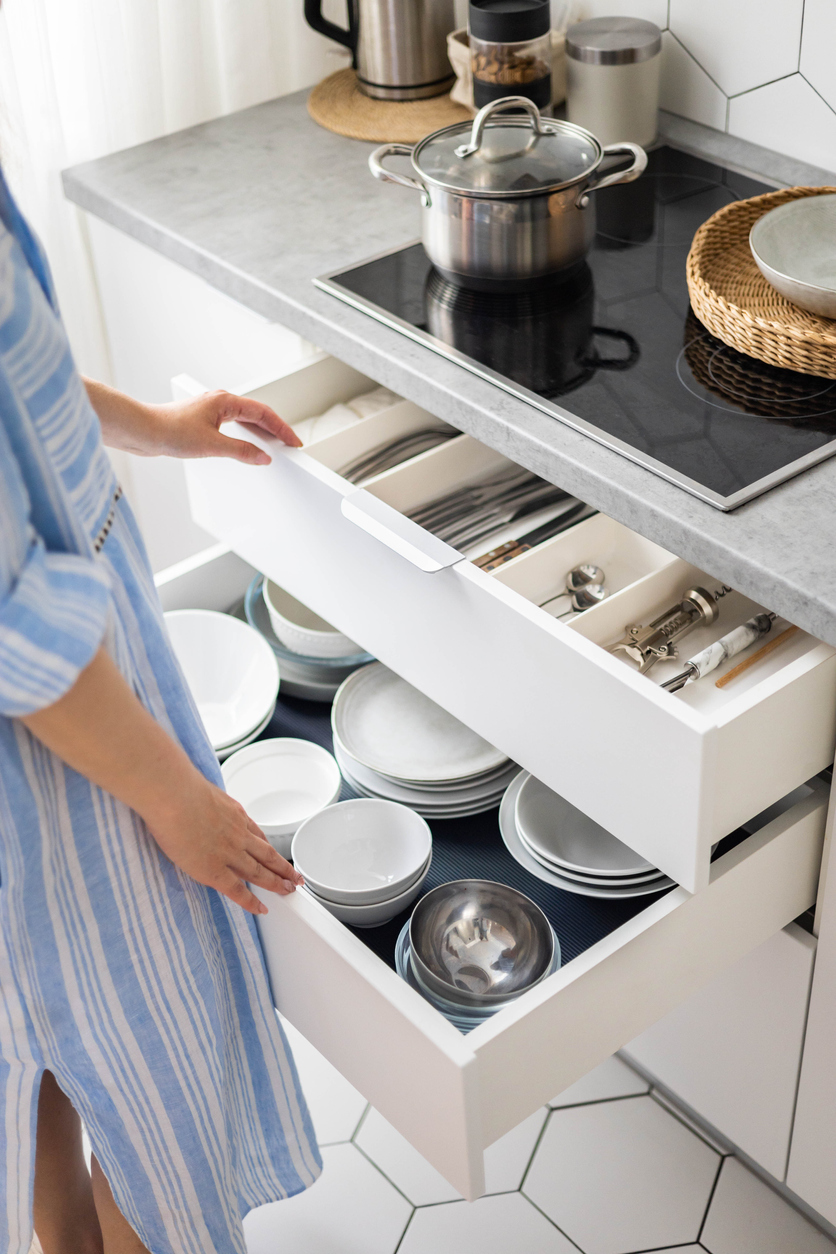
In the kitchen, install cabinets with pull-out shelves on rollers so it’s easier to access the items inside. Opt for drawers rather than base cabinets to make it easier to retrieve contents. Consider installing your dishwasher 12 inches off the floor to cut down on bending. Perhaps most important, install counters that are 29 to 30 inches from the floor, a height comfortable for dining chairs or wheelchairs rather than barstools.
RELATED: 9 Ways to Improve Kitchen Functionality
4. Choose Accessible Appliances
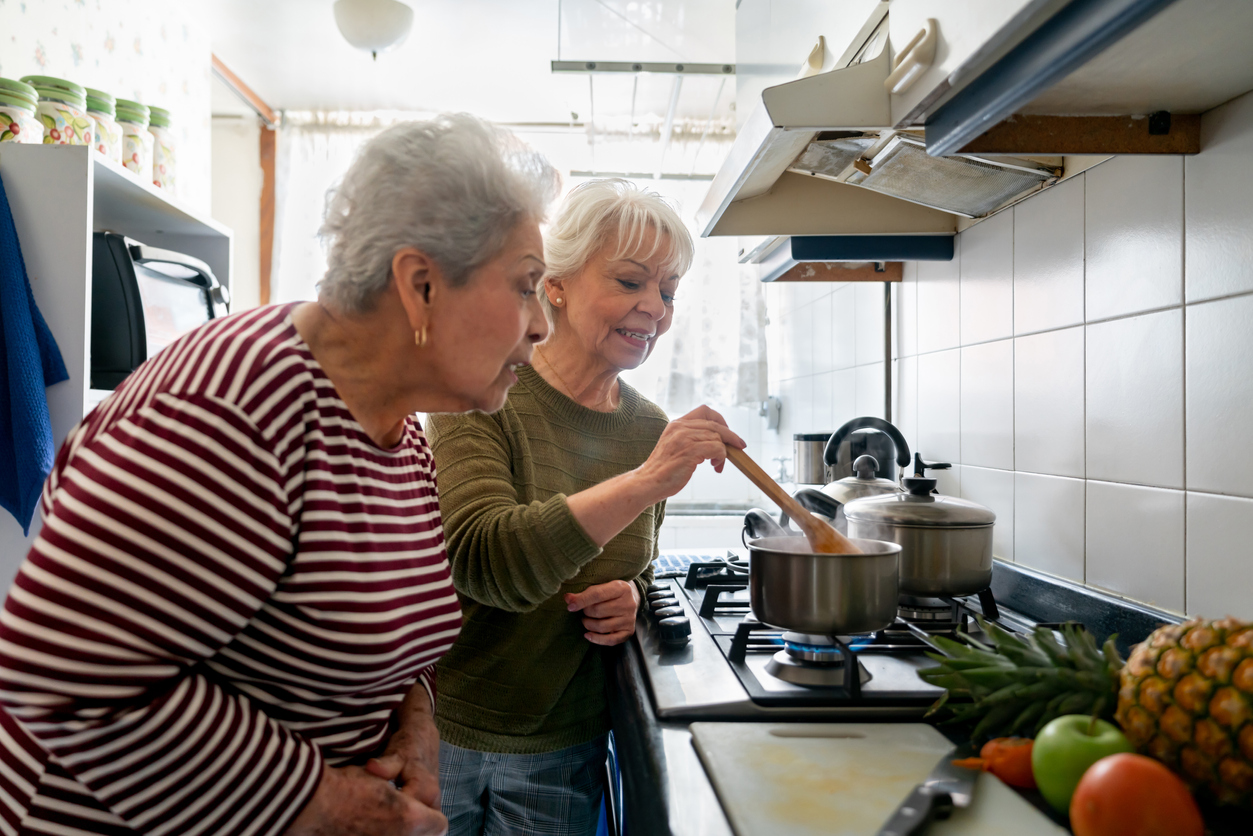
When buying new appliances, select options with good accessibility. For instance, front controls on stovetops and ovens are easier to reach than controls in the back. Drawers and pull-out shelves in the refrigerator are easier to maneuver than big, heavy doors. You should also ensure that microwaves and other small appliances are in a stable place so they can’t tip over. Finally, if you have an over-the-range microwave, consider replacing it with a countertop model or a microwave drawer.
RELATED: Best Built-In Microwaves: 8 Space-Saving, High-Performance Favorites
5. Boost Bathroom Safety

If you have a walk-in shower, consider changing it to a zero-clearance shower, which has no threshold or step to negotiate (while you’re making changes to the bath, add a shower bench too). Replace your toilet with a comfort-height model, which is a few inches higher than normal and is easier to sit down on and get up from. You may also want to add “some well-placed bars that you can grab on to, to steady yourself or to pull yourself upright,” says Tori Goldhammer, an occupational therapist and a certified aging-in-place specialist.
RELATED: Aging In Place Remodeling: 14 Ways to Get Your House Ready for Your Next Chapter
6. Go Hands-Free
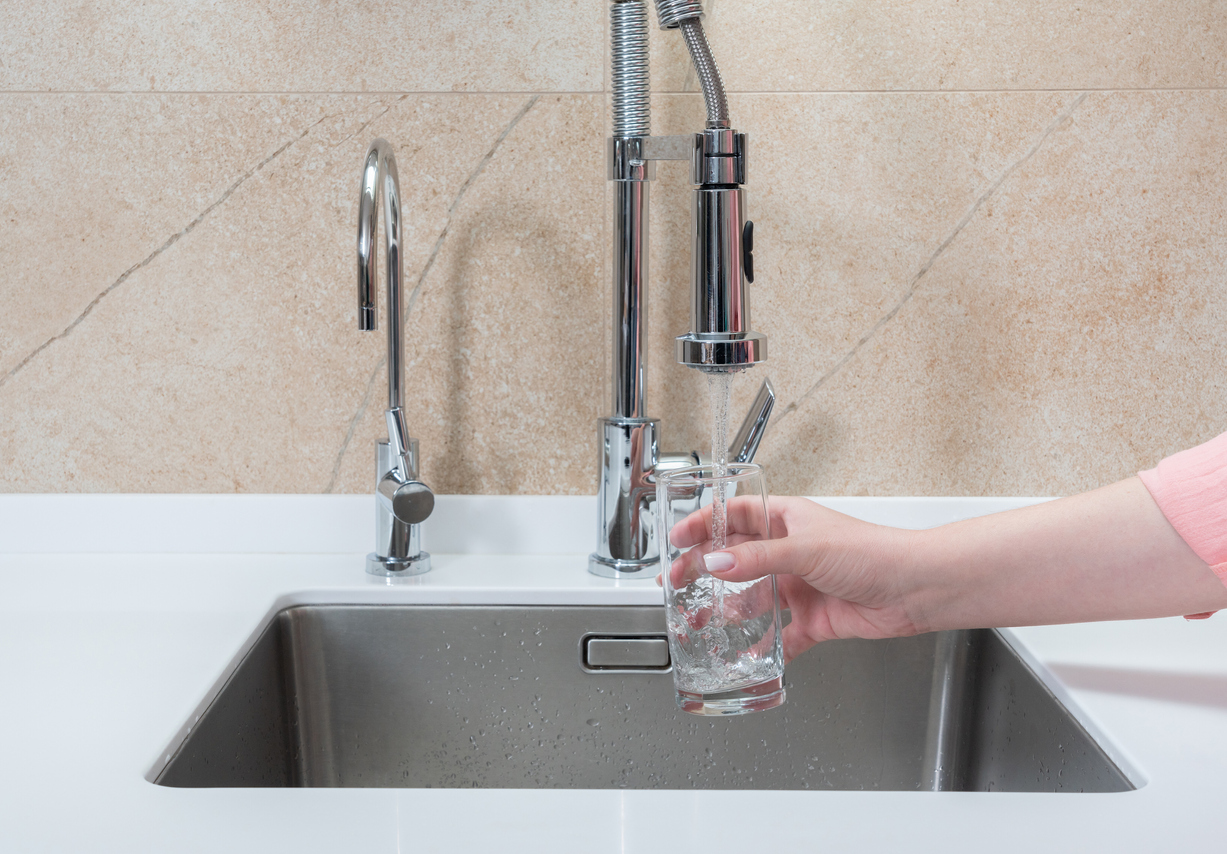
For both kitchen and bath faucets, opt for hands-free operation and other features that make them more accessible. For instance, a kitchen faucet with a pull-out spout can make cleanup and food prep more convenient. In the bath, a hands-free faucet or a faucet with levers instead of knobs is usually more comfortable for arthritic hands.
RELATED: How to Install a Faucet
7. Ditch the Throw Rugs
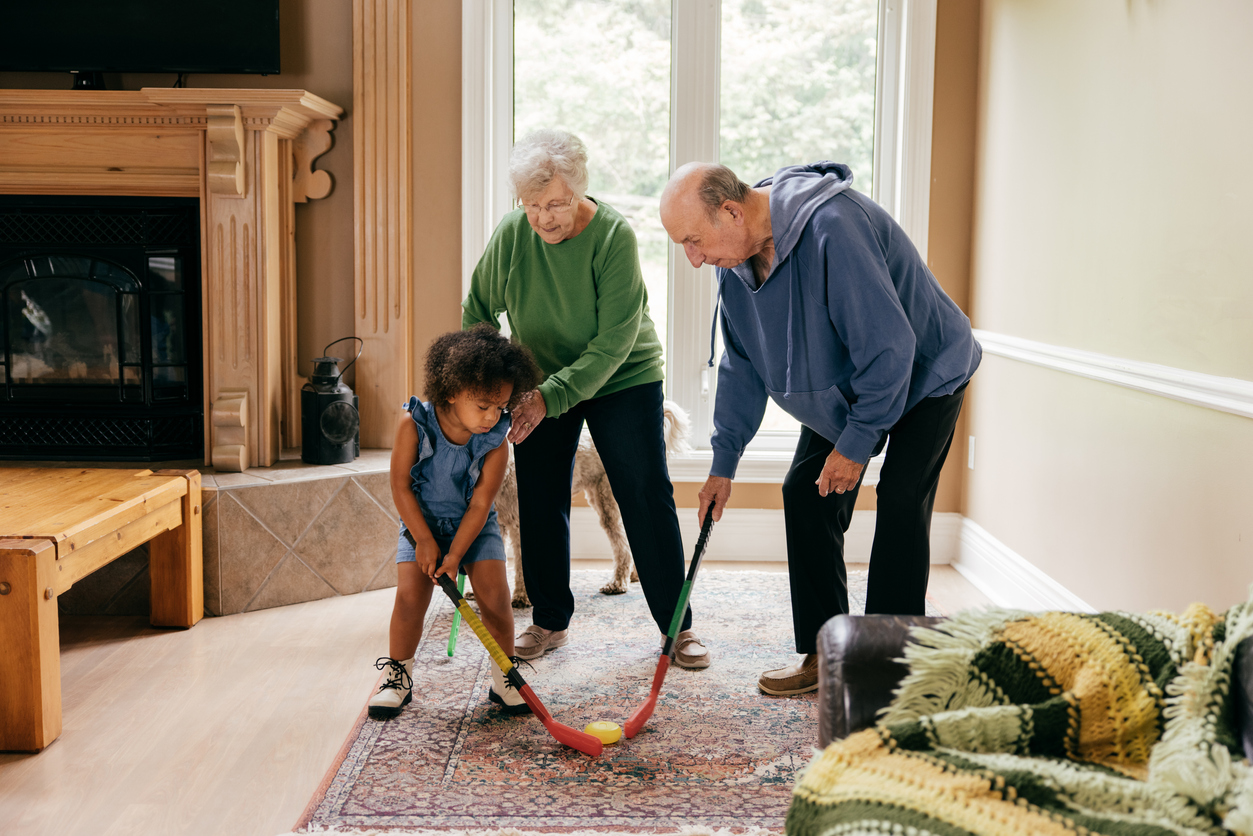
Avoid small throw rugs since they pose trip hazards. If you insist on keeping a few area rugs, look for options with skid-resistant backing, or use a rug pad underneath. Better yet, go with carpeting that covers the entire room. There are a lot of nice slip-resistant flooring surfaces that look great.
RELATED: Aging In Place Remodeling: 14 Ways to Get Your House Ready for Your Next Chapter
8. Optimize the Stairs
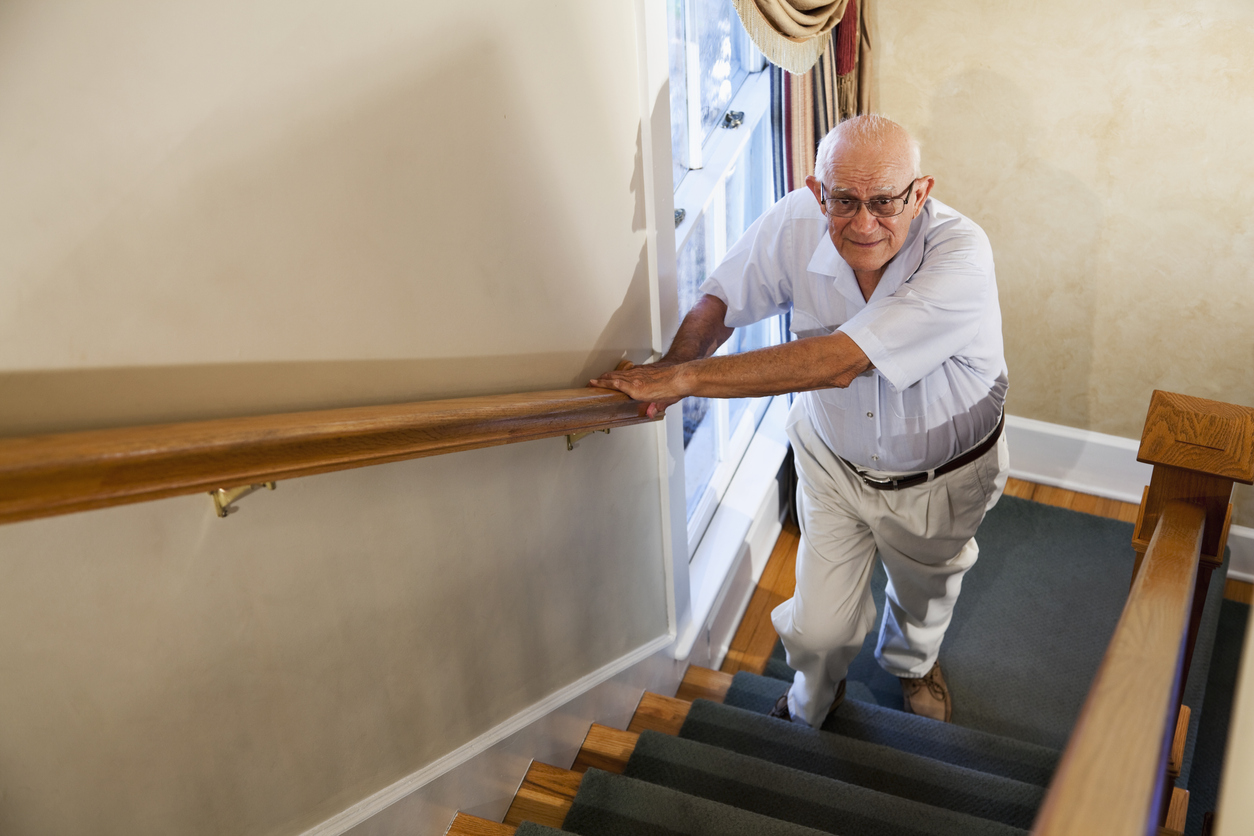
If your home has a second floor stairs are unavoidable, but they can still be made more user-friendly. Be sure they are covered in a slip-resistant material or carpet, and, if feasible, install a second banister so you can hold on from either side.
To avoid middle-of-the-night falls, install motion-activated lighting, like eufy’s Lumi Stick-On Night Lights, to illuminate the stairs while you are on them.
RELATED: What Is the Best Carpet for Stairs?
9. Make Your Home Brighter
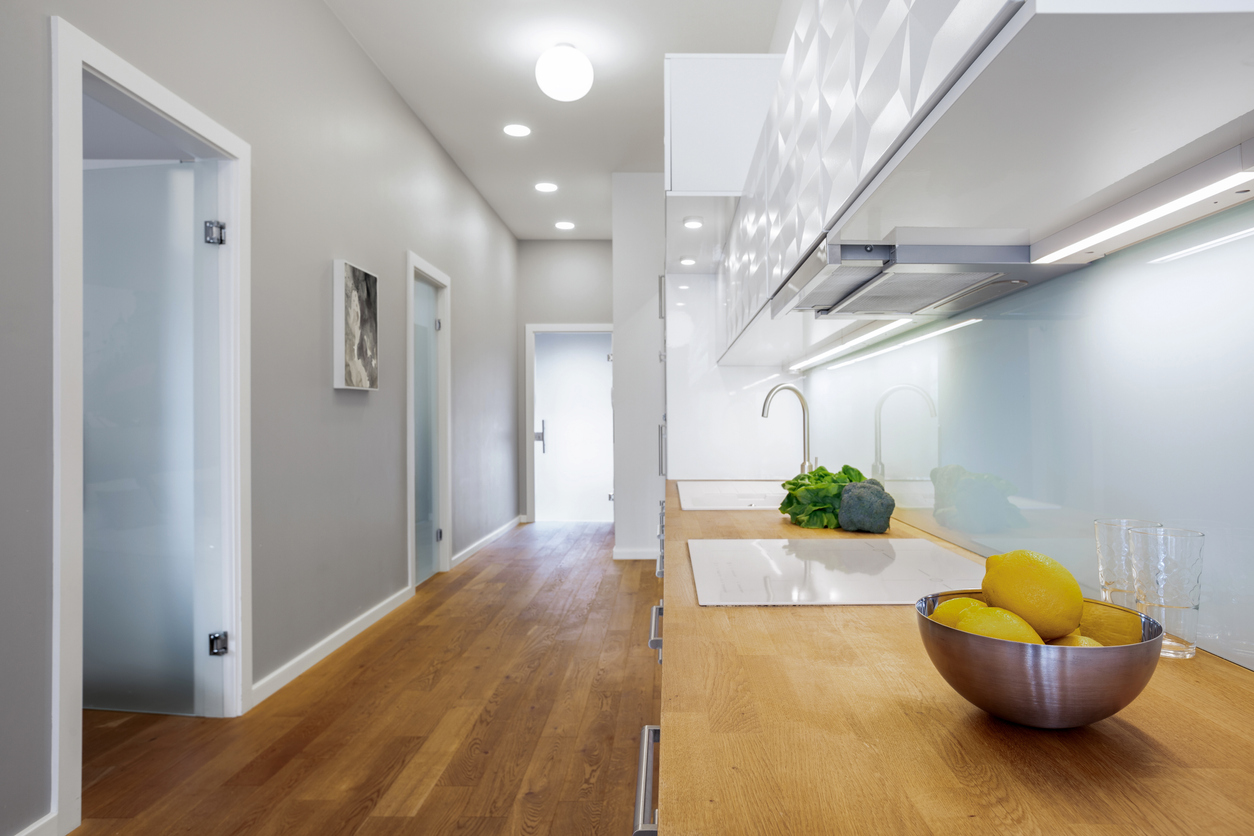
Our eyesight often gets worse as we age, which is why it’s a good idea to improve lighting around the home wherever you can. Add lighting to dark zones such as stairways and hallways, plus additional task lighting in bathrooms and kitchens. You might also consider adding more light switches outside of rooms and raising outlets to a more convenient height.
RELATED: We Put the Best Under-Cabinet Lighting to the Test, and Our Kitchen Has Never Been More Functional
10. Create a First-Floor Primary Bedroom

“If you’re doing a major renovation, make sure there’s a bedroom on the lower level—one that could become the primary bedroom in the future,” says Wid Chapman, an architect and coauthor of the books Home Design in an Aging World and Unassisted Living. The room can be a guest room for the time being, or even a den, Chapman suggests. But outfit the room so that at a future time, if you or your spouse can no longer navigate stairs, you can make the first-floor room your primary bedroom.
RELATED: Aging In Place Remodeling: 14 Ways to Get Your House Ready for Your Next Chapter
11. Add Smart Home Automation

Home automation is another important component of aging-in-place improvements. Sensors and timers can monitor house systems to alert homeowners and care providers to potential problems. You can also install smart lighting with motion sensors that turn the lights on and off as you enter and leave a space, as well as smart locks that lock the front door behind you automatically. Voice assistants, like Amazon Echo and Google Home, can connect to many smart home automations so you can control them with your voice instead of having to press tiny buttons that are hard to see and access.
RELATED: The Best Smart Locks For Your Needs, Tested and Reviewed
12. Install Visual Safety Alerts
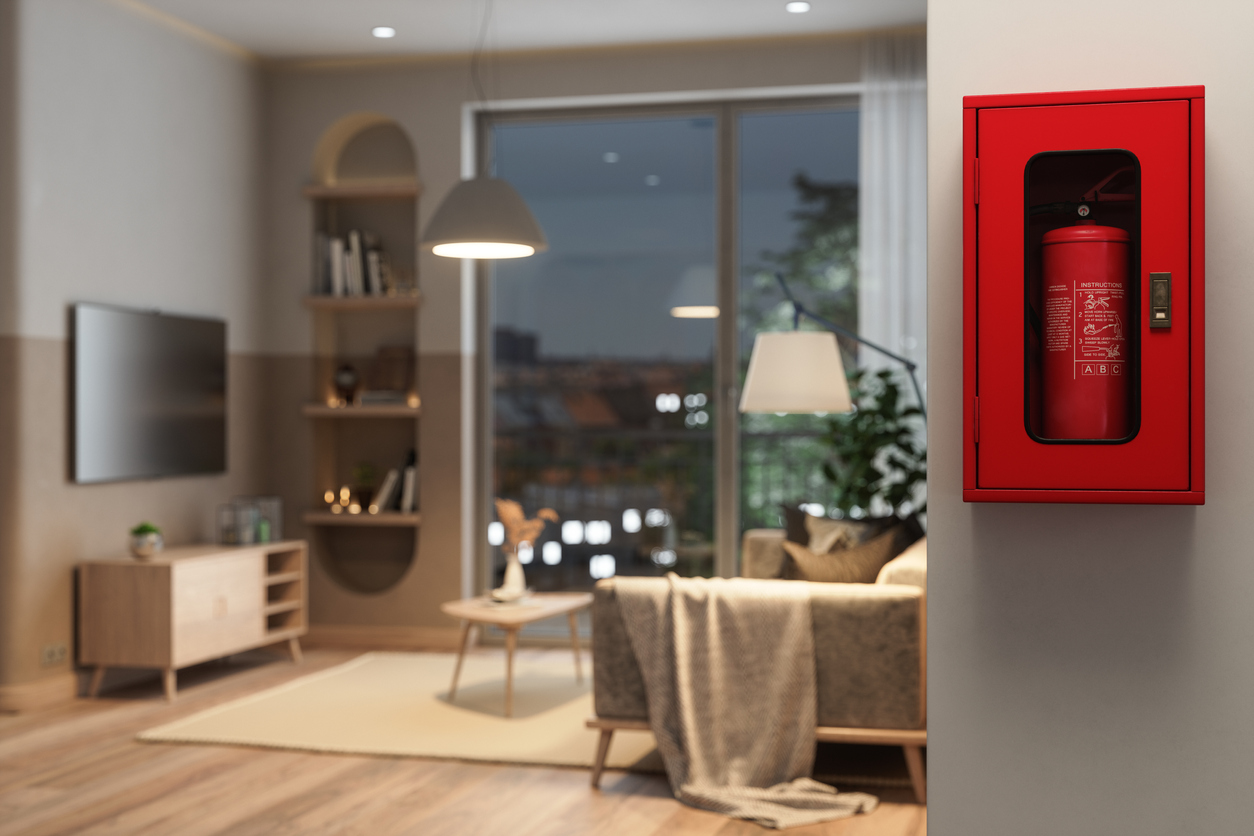
Smoke and carbon monoxide detectors are a must for any home, but aging ears can’t always hear these important alarms. Choose detectors with prominent visual alerts, such as flashing lights—Kidde’s plug-in carbon monoxide detector with safety lights is a good bet. You should also place fire extinguishers in accessible locations throughout the home, especially in the kitchen (and anywhere with candles or a fireplace). You don’t want to have to go far to grab them if there’s an emergency.
RELATED: 8 Places Around the House You Should Have a Fire Extinguisher
13. Manage the Cords
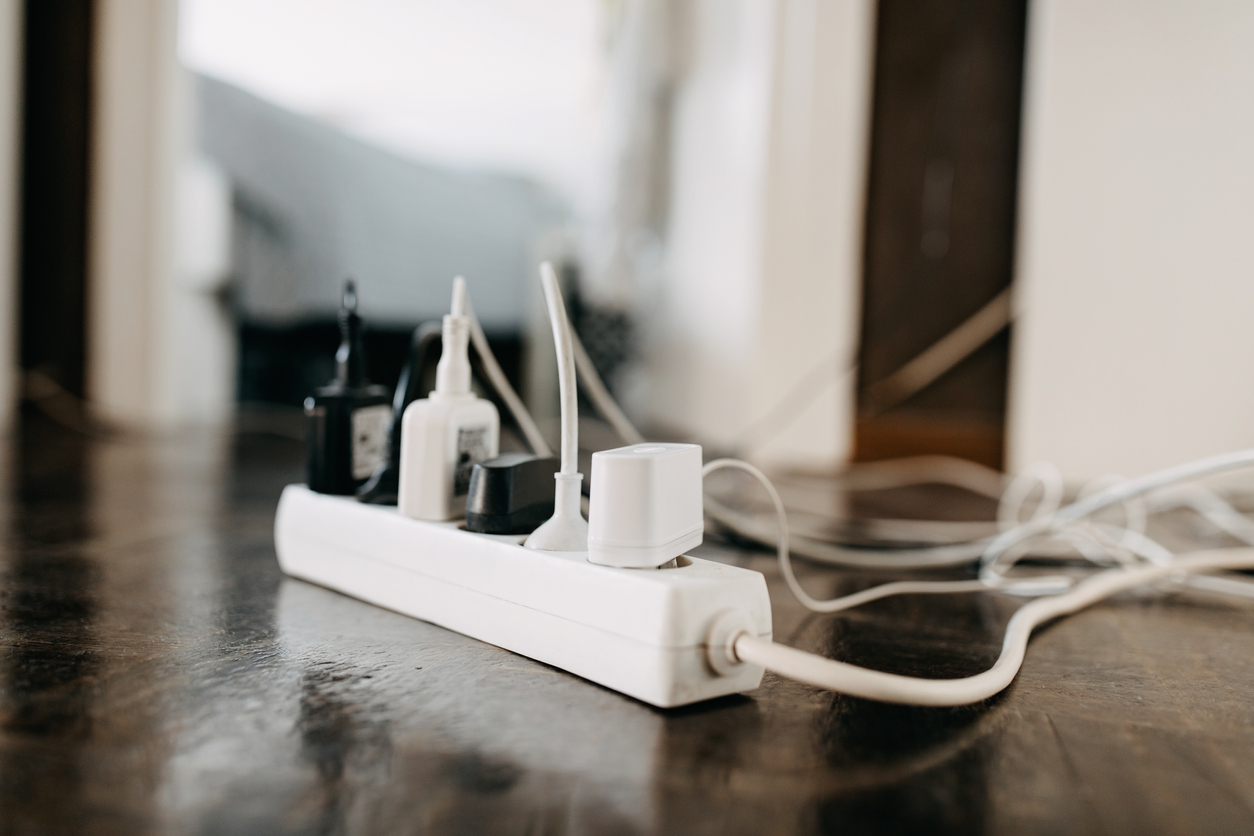
Loose cords can create trip hazards, so spend some time managing them: Attach sticky cord organizers, like these OHill Cable Clips, to the sides of nightstands, desks, and other furniture to keep cords tucked away but easy to access. You can also install cord covers on the floor to prevent trips and falls. Consider labeling each cord so it’s easy to identify which gadget it powers.
RELATED: 12 Genius Ways to Hide Every Wire in Your Home
14. Widen the Doorways and Hallways
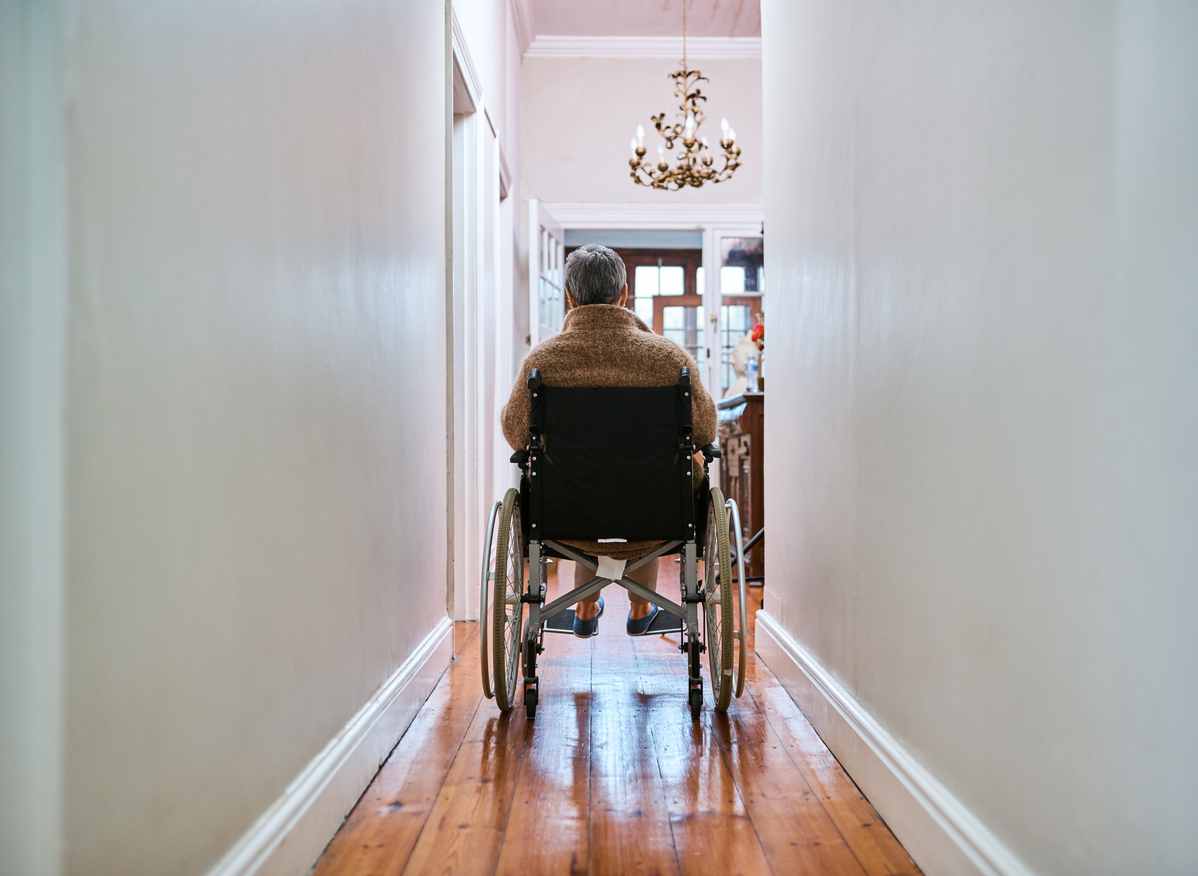
Many older people use wheelchairs and walkers, so make sure the width of each doorway and hallway can accommodate these devices. The Americans with Disabilities Act advises that doorways should be at least 32 inches wide to accommodate wheelchairs and other safety devices. If you have stairs in your home, consider installing a stair lift that will allow someone in a wheelchair to navigate to different levels in the house.
